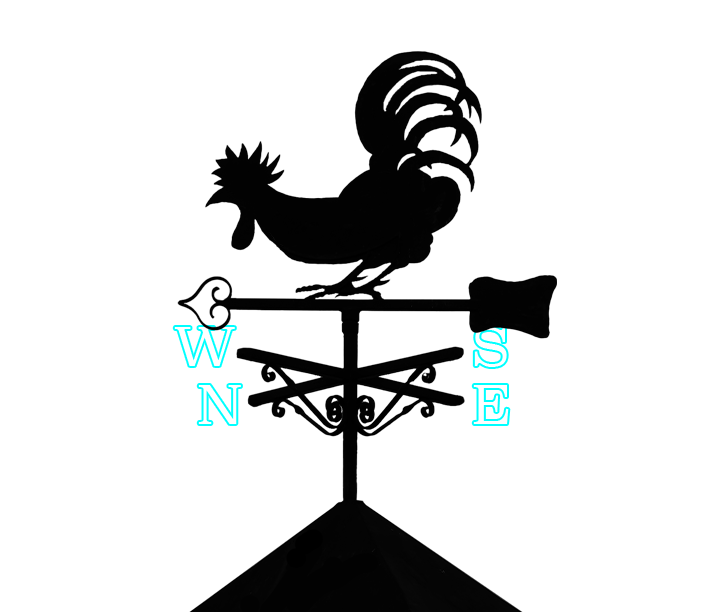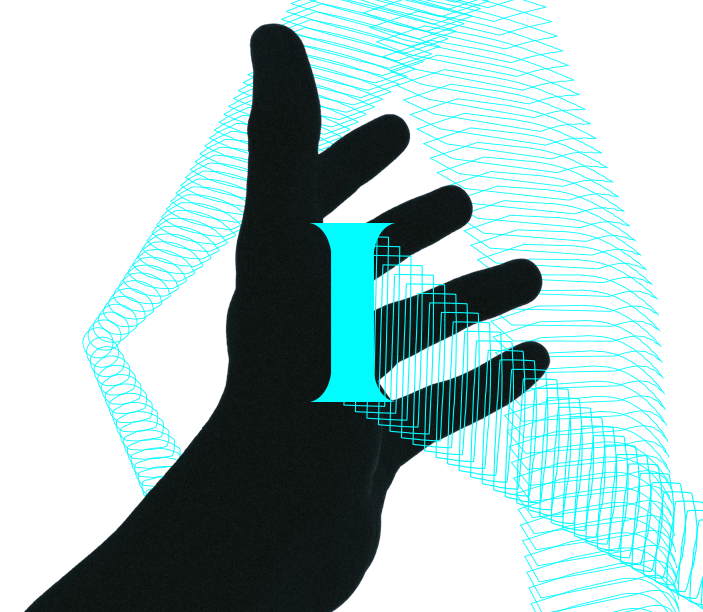Articles
Navigating the energy transition: Branding in an age of accountability
The energy transition is one of the great industrial rewirings of our time. It’s not just a technological shift. It’s a societal one. From electrification to renewables, from scope 1 and 2 emissions to ESG reporting, we’re seeing deep structural change play out across supply chains, boardrooms, and public policy.
Brands beware: ethical minefields ahead
The concept of the triple bottom line emerged to steer corporate attention towards not just profit, but also social and environmental concerns. Corporate Social Responsibility (CSR) and more recently Environment, Social, Governance (ESG) policies have been created to point investors towards brands that commit to taking these issues seriously.
Why brand capital is the silent force behind business success
In an increasingly competitive world, your brand capital is one of the unsung secrets of enduring business success. Brand capital is like political capital: a type of currency that politicians use to mobilise voters, ride out a political storm or accomplish other political goals. It’s been described as a type of credit, or a resource […]
Can AI ever be a creative?
The spectre of artificial intelligence looms large over many professions, and designers are no exception. Will AI ultimately render human creatives obsolete? It’s a valid concern, especially given the design industry’s history of technological upheavals—from the printing press to desktop publishing, and from the rise of the internet to digital photo libraries. Each innovation has […]
Loading…






